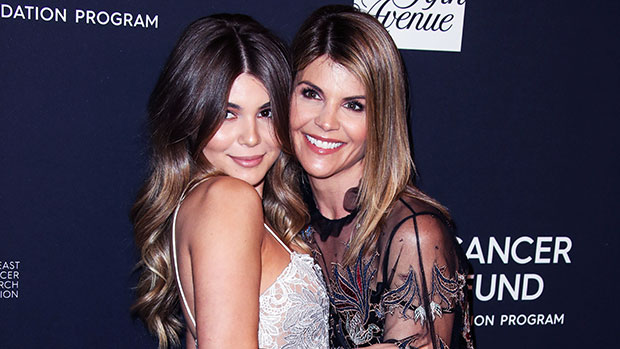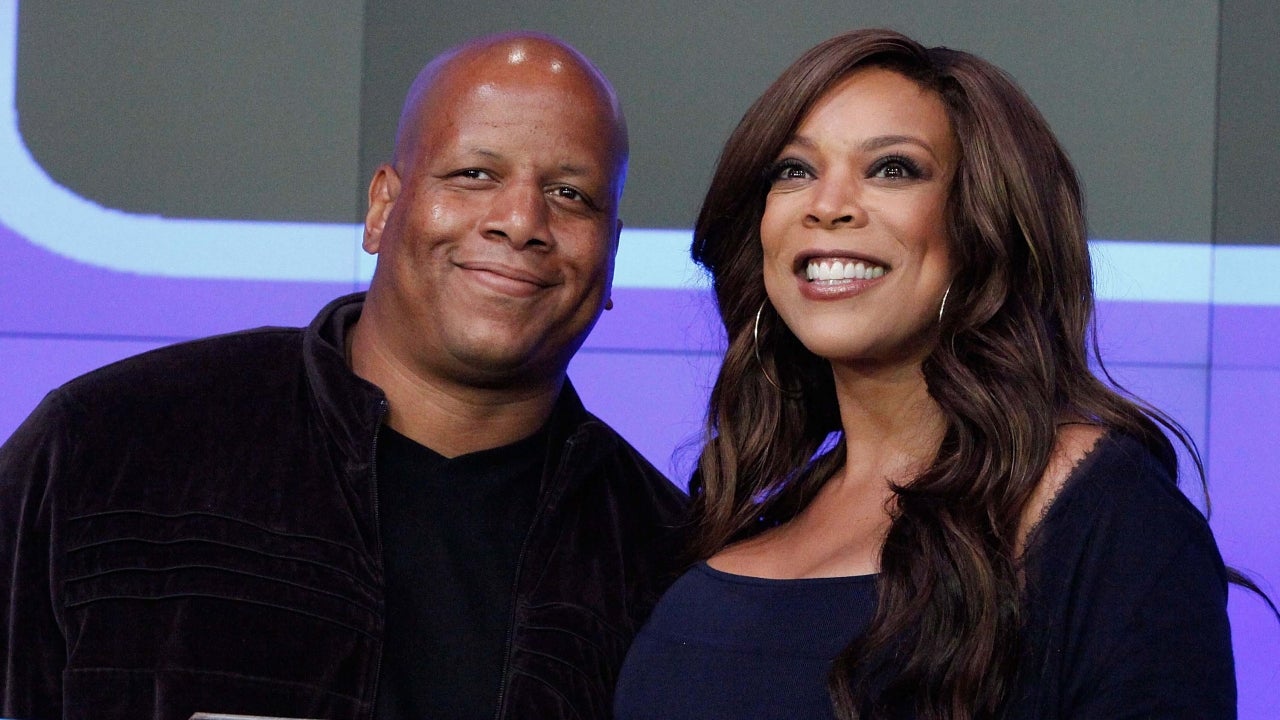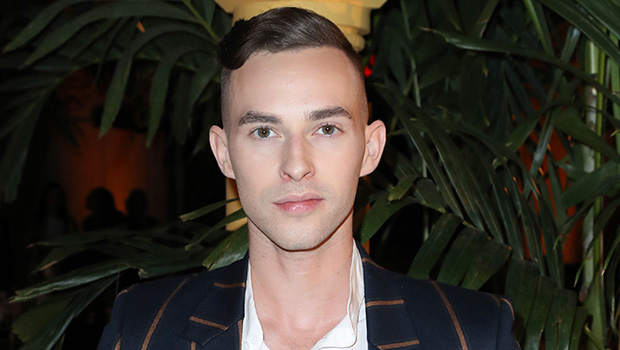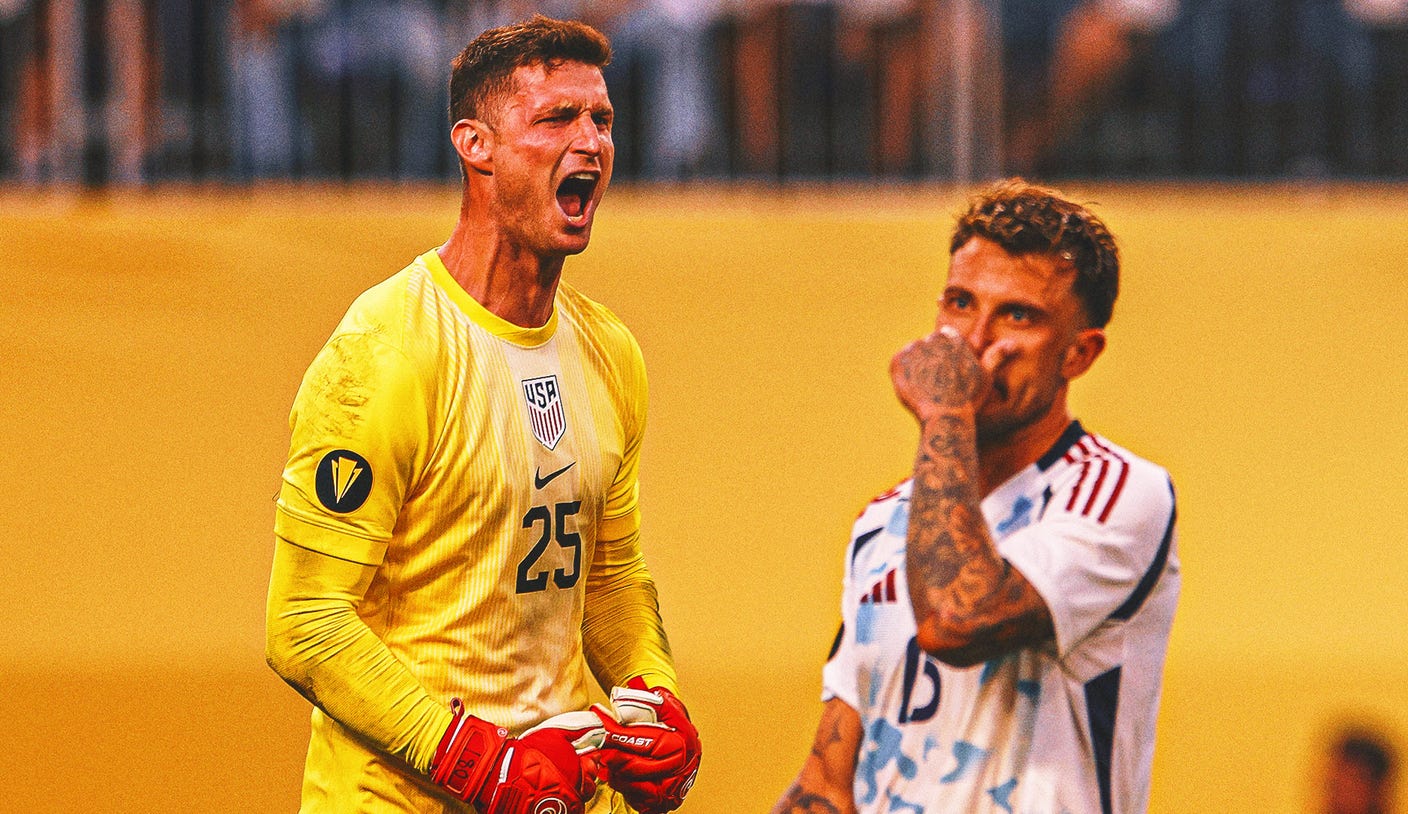“Jane” Director Sabrina Jaglom Talks Depicting Teen Mental Health On-Screen
Sabrina Jaglom is an LA-native writer and director. This year, she released two scripted podcasts — QCode’s Rachel Brosnahan-starring “Listening In” and iHeartRadio’s “Wheel Woman” — both of which she wrote and directed. Jaglom worked in production on various...

Sabrina Jaglom is an LA-native writer and director. This year, she released two scripted podcasts — QCode’s Rachel Brosnahan-starring “Listening In” and iHeartRadio’s “Wheel Woman” — both of which she wrote and directed. Jaglom worked in production on various projects before pivoting to film and TV development at Fox Lit and Whalerock Industries. She served as an associate producer on the feature film “Home Again,” and has directed multiple award-winning music videos and short films, as well as various stage productions, including the West Coast premiere of “Empathitrax” and “This Party Sucks.”
“Jane” hits theaters August 26 and will be available on Creator+ September 16.
W&H: Describe the film for us in your own words.
SJ: “Jane” is a psychological thriller about anxiety and the pressures that young people face today, told through a heightened lens. It’s about one over-achieving young woman, Olivia (Madelaine Petsch), who struggles with grief from the recent loss of a friend, Jane (Chloe Yu), which is compounded by her deferral from her dream college.
Determined to succeed no matter the cost, Olivia teams up with the popular Izzy (Chloe Bailey) to utilize Jane’s former social media profile to attack those that stay in the way of their success. However, things get out of hand as Olivia begins to see a physical manifestation of Jane, and we realize it is Olivia’s alter ego, forcing her to embrace her inner dark side to get ahead.
W&H: What drew you to this story?
SJ: Complicated female characters of this age are rarely featured at the center of their own stories. I wanted to make a film with them at the forefront, and depict the immense internal pressure felt at that age, separate from school crushes and activities. Mental health concerns are so rarely taken seriously in teenagers, particularly high functioning ones, and yet it’s a period of time when you are often making adult decisions for the very first time.
I love that this is a dark, cautionary tale about how far someone would go to get what they want, and hopefully the extremes of this situation can illuminate some of the truths about the stress and anxiety that young adults face in this modern world.
W&H: What do you want people to think about after they watch the film?
SJ: I hope that watching the film helps to open up conversations about anxiety. I have often found that in more genre-leaning films, it’s easier to connect with the subject matter because it is so removed from real life.
Additionally, I love the idea of audiences debating what happens to Olivia following the film, and her relationship to Jane.
W&H: What was the biggest challenge in making the film?
SJ: One of the biggest challenges in making this film was Covid. I unfortunately tested positive while directing, and halfway through the shoot we had to shut down and then find a way to start back up with a new schedule, as well as some new locations and crew members. It was a trying time, especially after months of careful planning, and I even had to direct remotely from my hotel room for two days. But we found a way to keep things moving, and everyone banded together to make it work.
W&H: How did you get your film funded? Share some insights into how you got the film made.
SJ: My agents at UTA were instrumental in helping me attach creative producers, and then setting up meetings with actresses to play the part of Olivia. When I spoke with Madelaine Petsch and saw her audition, I knew she was the perfect person to embody the many facets of the character and take on this demanding role.
Then, we began meeting with financiers, one of which was Creator+, a new studio. They came on board to fund and produce the film, and were willing to move quickly so that we could shoot within the window of Madelaine’s availability.
W&H: What inspired you to become a filmmaker?
SJ: I’ve always felt that the way people connect best to one another, as well as to themselves, is through a good story. A good story can make you feel, make you question things, and spark conversation.
As I began to explore filmmaking, I fell in love with the many elements used to tell a story in this unique medium. The way a script takes shape as you find the right cast, the process of picking certain camera angles, using different clothing, selecting music, and so on. I love that there are so many tools to affect the type of story you are telling and the way it is perceived, and the joy of finding the right one.
W&H: What’s the best and worst advice you’ve received?
SJ: The best advice I’ve received is “the enemy of art is the absence of limitation.” This is something my father has said to me many times, both when I’ve hit a roadblock, but also when telling a story rooted in Hollywood history. I’ve reminded myself of this as I’ve needed to find a new solution to a problem, or something didn’t go as planned. These are not reasons to stop creativity, but, rather, opportunities for creativity to arise.
The worst advice I’ve received is to be detached. Some people will tell you that you can’t get too emotionally invested in your projects, because the film industry can be so fickle. But I don’t believe that is helpful. Yes, you need to protect yourself against disappointments in some way, but I believe that only when you care can you push a project forward to where it needs to be.
W&H: What advice do you have for other women directors?
SJ: As a woman director, I think it’s easy to overthink the way you act, something many male colleagues typically do not worry about. Am I acting forcefully enough so they respect me? Nice enough so they don’t think I’m a “bitch”?
My advice would be to try to quiet this voice and realize that only by using your own voice will you succeed in creating the film you want. There is no “one type” of director.
W&H: Name your favorite woman-directed film and why.
SJ: One of my favorite women-directed films is “Cléo from 5 to 7,” by Agnès Varda. This was the first film directed by a woman that I was told to study from a “film history” perspective, which impacted me greatly. Not only do I really enjoy the film and discover new pieces of it every time I watch, but I also always loved how Varda’s directorial style shone through. Even though it has many of the elements of other French New Wave films, it felt completely like her and unabashedly feminine, while also not trying to fit into someone else’s idea of what that should mean.
W&H: What, if any, responsibilities do you think storytellers have to confront the tumult in the world, from the pandemic to the loss of abortion rights and systemic violence?
SJ: I think there are many ways in which storytellers have responsibilities in trying times. Personally, I like films that sort of “Trojan horse” a message in — they have something to say, but this meaning is contained in a more accessible or off-beat package, often through genre films. In a way, I think it can be easier for audiences to relate and learn when something doesn’t feel quite so straightforward or heavy.
But I also feel that there will always be a need for artists to directly address issues, just as there is also merit to escapism and making films for pure entertainment. I think as long as storytellers are clear in what they are trying to do and say with each film, and that we are getting films from different perspectives, progress can be made.
W&H: The film industry has a long history of underrepresenting people of color onscreen and behind the scenes and reinforcing — and creating — negative stereotypes. What actions do you think need to be taken to make it more inclusive?
SJ: I think that beginning these conversations early in the process is of the utmost importance. It seems that often in the film industry these questions are only addressed when a film is about to be made, [pigeonholed into] something that is already largely formed. Multiple voices of all ages, genders, races, and backgrounds should be brought into the room earlier on to make these conversations more influential in the process, as well as more organic.
The great thing about a movie is it’s often telling the story of many different characters: it’s only natural that we should have more voices included along the way.

 JaneWalter
JaneWalter 
































